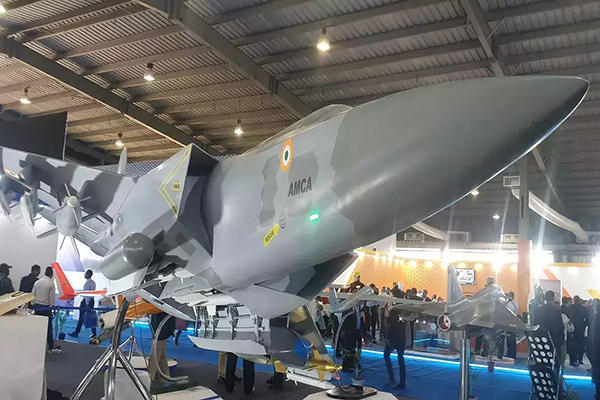Rolls-Royce has thrown its hat in the ring to design and develop engines for the Advanced Medium Combat Aircraft (AMCA), which will form the backbone of the IAF’s fifth-generation fighter fleet starting a decade from now.
There is little appetite amongst combat aircraft engine makers to share the IP that results from a co-creation project. The US and India had begun a project to co-develop a fighter engine under the Defence Trade and Technology Initiative (DTTI), but the American firms decided against sharing IP.
French engine maker, Safran, was unwilling to cooperate with the DRDO to co-create the Kaveri engine.
Rolls-Royce, however, points out that it has been acting in accordance with the principles of Atmanirbharta for almost a century.
In 1956, Hindustan Aeronautics (HAL) began a 50-year partnership with Rolls-Royce for manufacturing the Orpheus engine. In 1981, the IAF began inducting the Jaguar deep penetration strike aircraft, which was powered by the Rolls-Royce Adour 804/811 engines.
In the 2000s, HAL began manufacturing the Hawk trainer, while also building the Rolls-Royce Adour 871 engines that powered it.
Currently, some 750 Rolls-Royce engines power aircraft in service with the IAF, the Indian Navy, and HAL.
Rolls-Royce is offering marine engines for the Indian Navy, including its MT-30 turbines, which Rolls-Royce’s Alex Zino describes as one of the world’s most power-dense engines. The MT-30 provides all-electric drive to both the Royal Navy’s Queen Elizabeth-class aircraft carriers.
Rolls-Royce subsidiary, MTU, which has been acquired by Rolls-Royce Power Systems, might also provide its MB 838 engine for a new 35-40-tonne light tank that DRDO is developing for Indian troops in places such as Eastern Ladakh, where the Indian Army found itself confronting Chinese armour.




